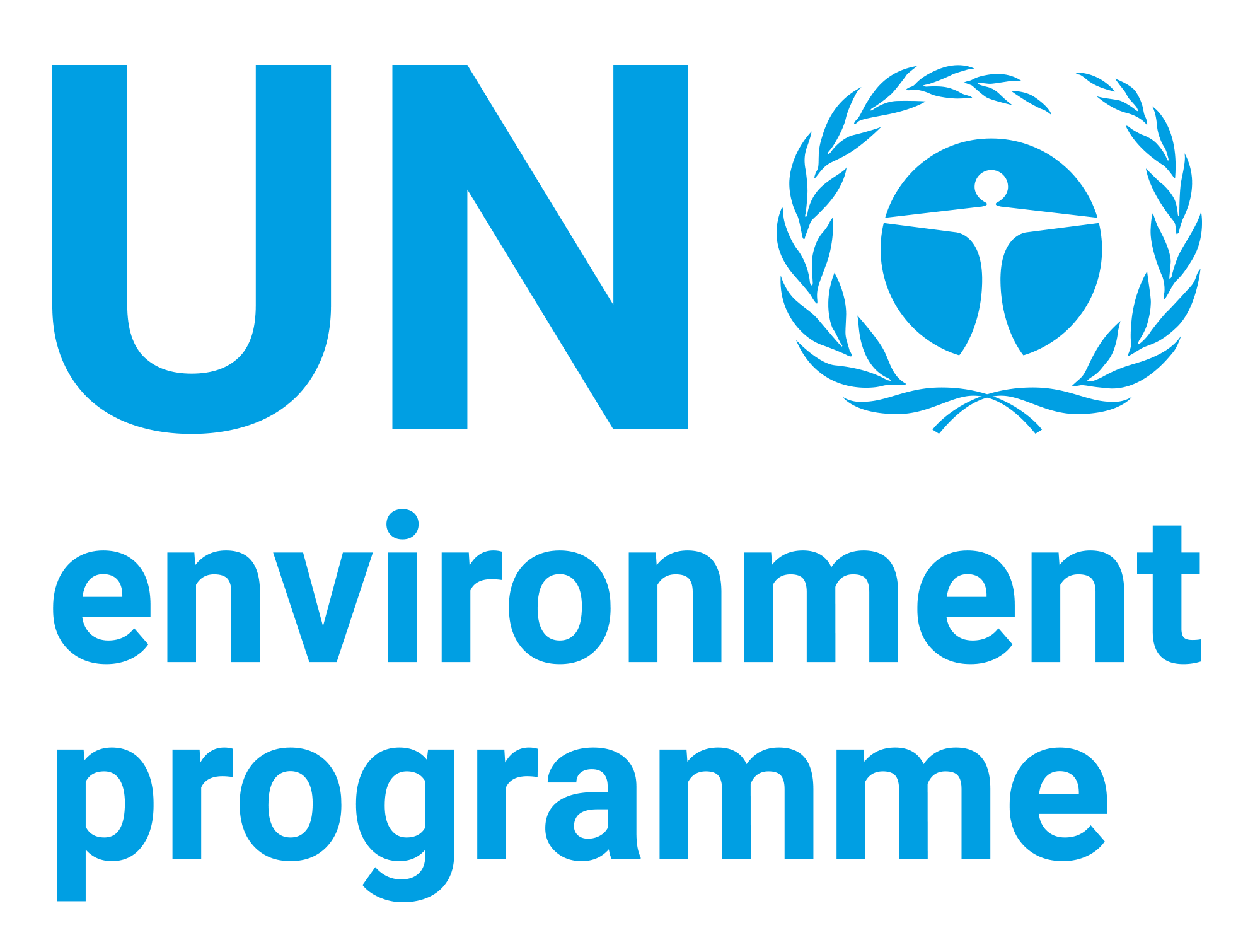Rotenone Health and Safety Guide - Health and Safety Guide 73

Date
1992Author
United Nations Environment Programme
World Health Organization
International Labour Organisation
Citation Tool
Bibliographic Managers
RT Generic T1 Rotenone Health and Safety Guide - Health and Safety Guide 73 A1 United Nations Environment Programme, World Health Organization, International Labour Organisation YR 1992 LK https://wedocs.unep.org/20.500.11822/29603 PB AB TY - GEN T1 - Rotenone Health and Safety Guide - Health and Safety Guide 73 AU - United Nations Environment Programme, World Health Organization, International Labour Organisation Y1 - 1992 UR - https://wedocs.unep.org/20.500.11822/29603 PB - AB - @misc{20.500.11822_29603 author = {United Nations Environment Programme, World Health Organization, International Labour Organisation}, title = {Rotenone Health and Safety Guide - Health and Safety Guide 73}, year = {1992}, abstract = {}, url = {https://wedocs.unep.org/20.500.11822/29603} } @misc{20.500.11822_29603 author = {United Nations Environment Programme, World Health Organization, International Labour Organisation}, title = {Rotenone Health and Safety Guide - Health and Safety Guide 73}, year = {1992}, abstract = {}, url = {https://wedocs.unep.org/20.500.11822/29603} } TY - GEN T1 - Rotenone Health and Safety Guide - Health and Safety Guide 73 AU - United Nations Environment ProgrammeUnited Nations Environment Programme, World Health OrganizationWorld Health Organization, International Labour Organisation UR - https://wedocs.unep.org/20.500.11822/29603 PB - AB -View/Open
Item Statistics
Display item statisticsMetadata
Show full item recordDescription
Rotenone is a naturally occurring chemical with insecticidal and piscicidal properties obtained from the roots of several tropical and subtropical plant species belonging to genus Lonchcarpus or Derris. Rotenone is a colourless, crystalhne solid with a melting point of
165-166 °C and has a very low soluhility in water at ambient temperatures. It is soluble in acetone, carbon disulfide, ethyl acetate, and chloroform. It is less soluble in ether, carbon tetrachloride, and petroleum solvents. Solutions are readily oxidized, in the presence of light and alkali, to products with weaker insecticidal properties.
Collections
Document Viewer
To read more, scroll down below.
Related items
Showing items related by title, author, creator and subject.
-
Preventing the Next Pandemic: Zoonotic Diseases and how to Break the Chain of Transmission
United Nations Environment Programme; International Livestock Research Institute (2020)In the spirit of the UN Framework for the Immediate Socio-economic Response to COVID-19, the United Nations Environment Programme (UNEP) has teamed up with the renowned International Livestock Research Institute (ILRI) and ... -
Key Messages - Preventing the Next Pandemic – Zoonotic Diseases and How to Break the Chain of Transmission
United Nations Environment Programme (2020)This evidence-based scientific assessment has identified the following key messages for decision-makers: 1) De-risking food systems; 2) Urgency; 3) Report audience; 4) Scope of the problem; 5) Outbreak frequency and ... -
Dimethyl Phthalate - Scientific Reviews of Soviet Literature on Toxicity and Hazards of Chemicals 24
United Nations Environment Programme; International Register of Potentially Toxic Chemicals (Centre of International Projects, GKNT, 1982)Information carried by the review is in line with the data profile structure elaborated by the International Register of Potentially Toxic Chemicals. The series is intended for toxicologists, higienists and all those ...




